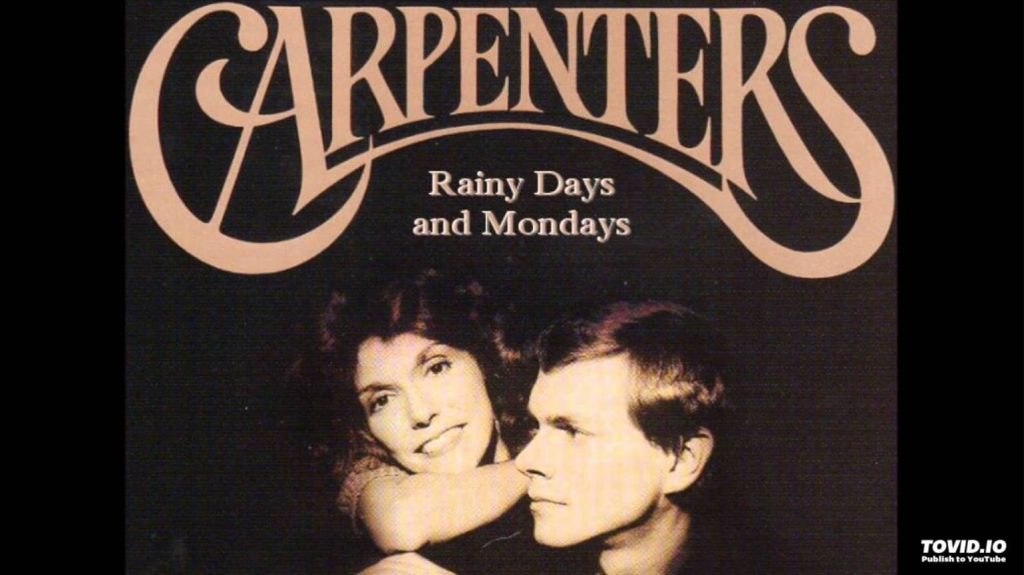
Rainy Days and Mondays: A Timeless Classic by The Carpenters
The music of The Carpenters, with Karen’s hauntingly beautiful contralto and Richard’s meticulous arrangements, has a unique ability to evoke a sense of nostalgia and quiet contemplation. Among their impressive catalog of hits, “Rainy Days and Mondays” stands out as a particularly poignant and enduring classic. Released in 1971 as part of their third studio album, Carpenters, the song quickly resonated with audiences, climbing to number two on the Billboard Hot 100 chart. While it didn’t quite reach the top spot, its cultural impact and lasting influence on popular music are undeniable.
What makes “Rainy Days and Mondays” so compelling? It’s a masterful blend of melancholy and comfort, capturing the universal feeling of listlessness and ennui that can sometimes permeate our lives. The lyrics, penned by Paul Williams and Roger Nichols, paint a vivid picture of someone struggling with a sense of disconnection and the longing for something more. The opening lines, “Talking to myself and feeling old / Sometimes I’d like to quit / Nothing ever seems to fit,” immediately establish a mood of introspection and quiet desperation. These sentiments are ones to which many can relate, especially during times of uncertainty or personal struggle. The song doesn’t offer easy answers or solutions, but rather acknowledges and validates these complex emotions.
Musically, “Rainy Days and Mondays” is a testament to Richard Carpenter’s genius as an arranger and producer. The lush orchestration, featuring gentle strings, a subtle piano melody, and Karen’s warm, expressive vocals, creates a soothing and intimate atmosphere. The arrangement perfectly complements the song’s melancholic lyrics, enhancing the emotional impact without ever becoming overly dramatic. The song’s structure, with its gentle verses building to a slightly more intense chorus, creates a sense of ebb and flow, mirroring the fluctuating nature of human emotions. Karen’s vocal performance is particularly noteworthy. Her delivery is both vulnerable and powerful, conveying a deep sense of sincerity and emotion. It’s this authenticity that allows listeners to truly connect with the song’s message.
Beyond its chart success, “Rainy Days and Mondays” has cemented its place in popular culture. It has been featured in numerous films and television shows, further solidifying its status as a timeless classic. The song’s enduring appeal lies in its ability to tap into universal human experiences. The themes of loneliness, longing, and the search for meaning are as relevant today as they were in 1971. The Carpenters created a song that not only resonated with its time but continues to resonate with generations of listeners. It’s a testament to the power of music to connect us to our own emotions and to the shared human experience. It is a song that invites introspection, offering solace and understanding to those who have ever felt a little lost or out of place. This is what makes “Rainy Days and Mondays” more than just a pop song; it’s a timeless piece of art.